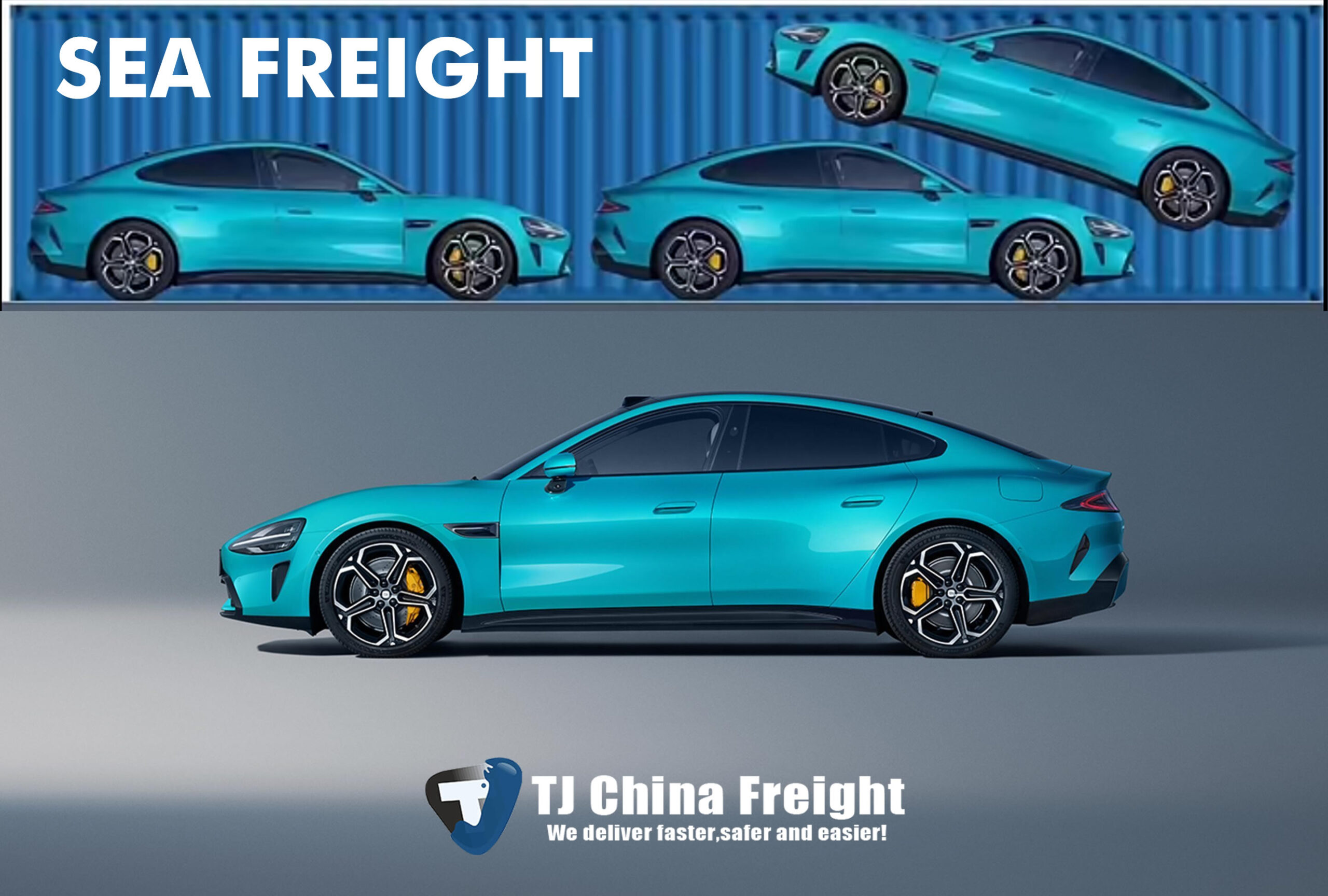Containers’ shipping cost is always a big expense for those international sourcing businesses, especially importing from China which was affected by Covid-19. However, after Chinaended the Covid restrictions in early December 2022, the ports will become busier and it is predicted that shipping rates will rise in 2023. To help you reduce the shipping cost when importing from China, TJ China freight here will share some tips:

First, choose a reliable local freight forwarder in China
Once you hired a suitable forwarder, you will find that importing process is extremely easy. The benefits you will get are the valuable resources in Asia. Most China forwarders provide customized services such as fcl, consolidation, re-labeling, and repackaging for a fraction of the cost compared to what it would cost at the destination. Also, they will follow up with the supplier in real-time and logistics info.
With a reliable China freight forwarder, your business is valued and service is personalized according to your cargo, your destination, your departure time, and unique requirements. As local forwarders are on the ground, they can easily find the best pricing based on their client’s specific logistics needs. With them having a detailed understanding of the local network, they can optimize your supply chain, saving you money and time.
Second, choose the best methods of shipping in advance.
When you decide to import products from China, planning your shipping will make the process more effective. It will include a clear description of your business scope, goods types, weights, quantities, destination, volumes, shipment frequency, lead times, and potential routes like sea freight, air freight or rail freight.
Each mode of shipping has its own advantages and disadvantages, and you should understand them. Choosing the right transport method can help reduce the cost and damage to the goods. When shipping by air, you will save a lot of time if you choose a direct flight. When shipping by sea, you will save a lot of cost for shipping large-volume cargo, but it will take longer time.
Third, properly packing to reduce the volume and damage
Generally freight rates are based on the shipment’s weight or volume, so it is important for you to pack your products properly. Otherwise, you will pay more than what you need to. Also some goods are special, so ensure that your goods have proper outer packaging, as well as inner packaging; that the boxes are sealed properly and labeled correctly.
If your shipments tend to be bigger quantities, it’s worthwhile to look into LCL (Less than Container Load) and FCL (Full Container Load) shipping. This is one area where you may be able to save substantially on shipping products sourced from a Chinese supplier.
If you want to ship enough products in one shipment for a full container, it is called FCL and you can use the whole container for yourself. Shipping FCL is normally a lot cheaper than if you ship by weight or volume.
Another advantage of shipping FCL is that you will be encouraged to buy larger quantities of products at the same time. This will reduce the cost per unit dramatically. On average, FCL shipping costs are between 30% and 40% lower than LCL shipping. This option is however only feasible if you do move larger quantities of goods at the same time.
Fourth, know the forwarding process well and plan ahead
After you know the process of freight forwarding, you will have a clear plan and instructions when communicating with your forwarder, and that will help you save some unnecessary expenses. For example, most veteran importers clearly understand the operating procedures of shipping and will book the space ahead of time and get cargo delivered according to the arrangement of the forwarders.
Planning ahead means you will have enough time to choose the suitable transportation method. A good freight forwarder will help you arrange the cargo shipping properly. All other shipping strategies for saving costs are based on this. Make sure to book your cargo two weeks earlier ETD when importing from China. For example holiday impact.
Chinese New Year (abt 3 weeks, lunar calendar)
National Holiday: 1 week, Oct 1st ~ Oct 7th
Fifth, Compare the rates of different companies.
To find the most competitive price, you can find many different companies and compare the rates and services. Different forwarders have their own advantages and services they can offer. It is advised that you use the same shipping method and one company to save costs. Shipping costs vary widely, even for the same freight company. Get a shipping quote from multiple freight forwarders, compare them and you can get the competitive one.
2023 has already come. This year will be with huge opportunities and potential for business. Good luck and TJ China freight is your best partner to help in handle your 2B logistics by sea, air and rail. Feel free to send a quote if you need any China forwarding service!










